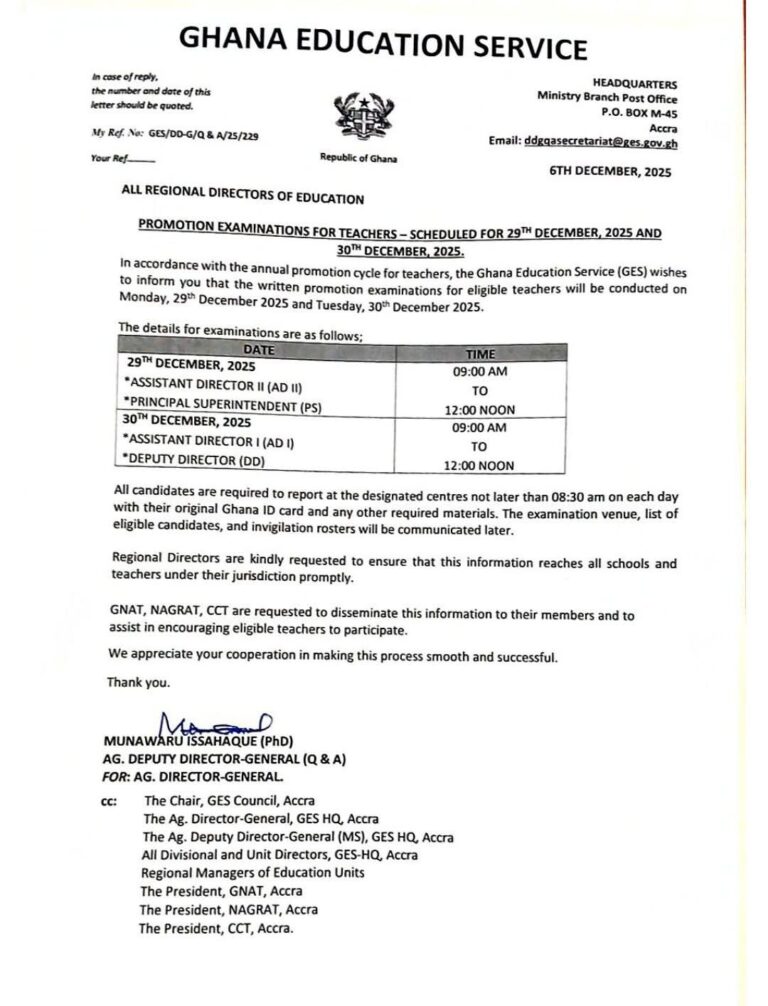
Content Development and Classification of Test Items for Creative Art and Design (CAD)
Content Areas and Competencies
1. Design in Nature and Manmade Environment
Competencies:
-
Demonstrate knowledge of design as a concept in art.

-
Understand elements/principles of design in natural/man-made environments.
-
Apply design elements/principles using available tools/materials.
Descriptive Statements:
-
Explain the concept of design in art.
-
Identify examples of design elements in nature/man-made objects.
-
Distinguish between design principles (e.g., balance, contrast).
2. Drawing, Shading, Colouring, and Modelling for Design
Competencies:
-
Apply 2D/3D techniques (drawing, shading, modelling).
-
Analyse differences between 2D/3D artworks.
Descriptive Statements:
-
Compare shading techniques (e.g., cross-hatching, stippling).
-
Describe processes for modelling with clay or paper.
3. Creativity, Innovation, and the Design Process
Competencies:
-
Explain creativity/innovation in art and society.
-
Apply design processes to solve problems.
Descriptive Statements:
-
Outline steps in the design process (research, prototyping).
-
Discuss how innovation impacts art and other disciplines.
4. Media and Techniques in Visual Art
Competencies:
-
Use various media (pencils, paints, prints).
-
Demonstrate weaving, casting, and assemblage techniques.
Descriptive Statements:
-
Compare printmaking methods (e.g., block printing).
-
Explain steps in creating a mixed-media collage.
5. Media and Techniques in Performing Art
Competencies:
-
Apply musical concepts (tempo, chords, improvisation).
-
Demonstrate voice/movement techniques in drama/dance.
Descriptive Statements:
-
Describe Ghanaian dance forms (e.g., Adowa, Agbadza).
-
Explain how tempo changes a musical piece’s mood.
6–7. Creative & Aesthetic Expression (Visual/Performing Art)
Competencies:
-
Produce artworks reflecting diverse cultures/times.
-
Exhibit works using design processes.
Descriptive Statements:
-
Curate a display of artworks inspired by global cultures.
-
Reflect on how historical events influence art styles.
8–9. Connections in Local/Global Cultures
Competencies:
-
Correlate artworks with cultural/topical issues.
-
Create performances addressing societal themes.
Descriptive Statements:
-
Analyze how African artists address climate change in art.
-
Choreograph a dance highlighting cultural unity.
10. Assessing Creative Learners and Their Artworks
Competencies:
-
Identify traits of creative learners.
-
Apply differentiated assessment strategies.
Descriptive Statements:
-
Design a rubric for evaluating student portfolios.
-
Compare assessment methods (peer review vs. self-critique).
Table of Specification (Test Item Classification)
| Content Area | Level 1 (Recall) | Level 2 (Skills) | Level 3 (Strategic) | Level 4 (Extended) | Total |
|---|---|---|---|---|---|
| 1. Design in Nature | 2 | 2 | 4 | 3 | 11 |
| 2. Drawing/Shading Techniques | 2 | 3 | 4 | 3 | 12 |
| 3. Creativity & Innovation | 2 | 4 | 2 | 4 | 12 |
| 4. Visual Art Media | 2 | 4 | 5 | 5 | 16 |
| 5. Performing Arts Media | 2 | 4 | 5 | 5 | 16 |
| 6–7. Aesthetic Expression | 1 | 2 | 2 | 3 | 8 |
| 8–9. Cultural Connections | 1 | 1 | 1 | 1 | 4 |
| 10. Assessing Learners | 1 | 2 | 4 | 2 | 9 |
| Total | 15% | 25% | 30% | 30% | 100% |
Key:
-
Level 1: Recall (definitions, facts).
-
Level 2: Basic skills (compare, describe).
-
Level 3: Strategic thinking (analyse, apply).
-
Level 4: Extended reasoning (create, critique).
For the past question, click here: https://ntc.gov.gh/practice_test/creative_art/
Follow us on WhatsApp for more updates: https://whatsapp.com/channel/0029VaCyYGIFHWpx22L38a2K
Seekers Consult
Contact Us for Your Study Abroad Journey
We search for schools and check available scholarships for you
Contact: 0550414552 / 0362297079
Loan for government workers
Transcript Application
English Proficiency
Recommendation letter
Project work/thesis for undergraduate, master’s, and PhD students.




